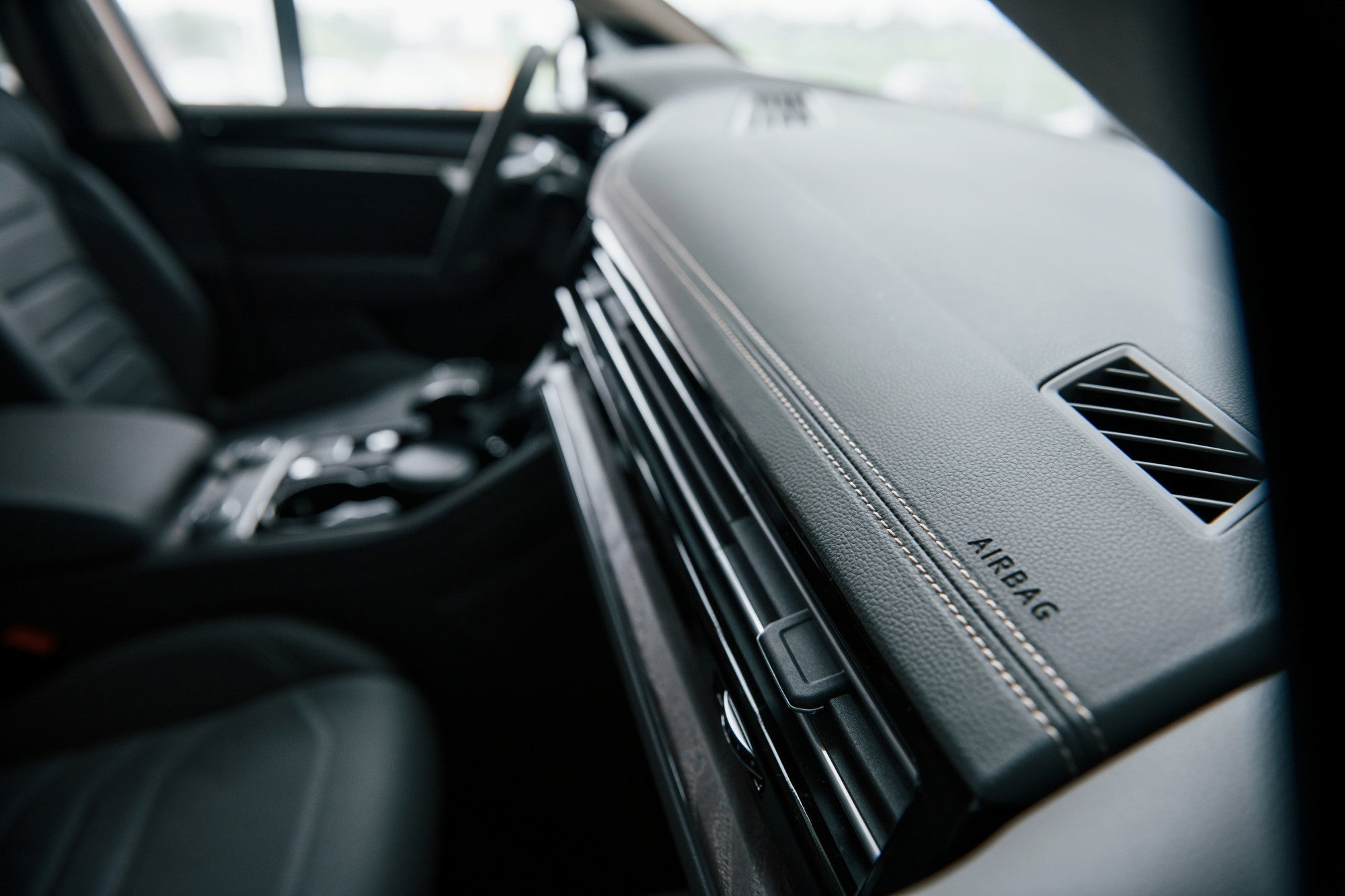-
Ford Scorpio Mk2 Airbag Control Unit Repair
Regular price From €65,00Sale price From €65,00 Regular priceUnit price per -
Ford Sierra Mk1 Airbag Control Unit Repair
Regular price From €65,00Sale price From €65,00 Regular priceUnit price per -
Ford Escort Mk1 Airbag Control Unit Repair
Regular price From €65,00Sale price From €65,00 Regular priceUnit price per -


Ford Ka+ airbag control unit repair
Regular price From €65,00Sale price From €65,00 Regular priceUnit price per -
Ford Escort Mk4 Airbag Control Unit Repair
Regular price From €65,00Sale price From €65,00 Regular priceUnit price per -
Ford GT Mk2 Airbag Control Unit Repair
Regular price From €65,00Sale price From €65,00 Regular priceUnit price per -
Ford Probe Mk1 Airbag Control Unit Repair
Regular price From €65,00Sale price From €65,00 Regular priceUnit price per -
Ford Puma Mk2 Airbag Control Unit Repair
Regular price From €65,00Sale price From €65,00 Regular priceUnit price per -
Ford Mondeo Mk4 Airbag Control Unit Repair
Regular price From €65,00Sale price From €65,00 Regular priceUnit price per -
Ford Cougar Mk1 Airbag Control Unit Repair
Regular price From €65,00Sale price From €65,00 Regular priceUnit price per -
Ford Escort Mk6 Airbag Control Unit Repair
Regular price From €65,00Sale price From €65,00 Regular priceUnit price per -
Ford Mondeo Mk5 Airbag Control Unit Repair
Regular price From €65,00Sale price From €65,00 Regular priceUnit price per -
Ford Mustang V S197 Airbag Control Unit Repair
Regular price From €65,00Sale price From €65,00 Regular priceUnit price per -


Ford Focus Mk4 Airbag Control Unit Repair
Regular price From €65,00Sale price From €65,00 Regular priceUnit price per -
Ford Mustang VI S550 airbag control unit repair
Regular price From €65,00Sale price From €65,00 Regular priceUnit price per -
Ford Puma Mk1 Airbag Control Unit Repair
Regular price From €65,00Sale price From €65,00 Regular priceUnit price per -
Ford Fiesta Mk7 Airbag Control Unit Repair
Regular price From €65,00Sale price From €65,00 Regular priceUnit price per

Quality since '07
Added to your cart




